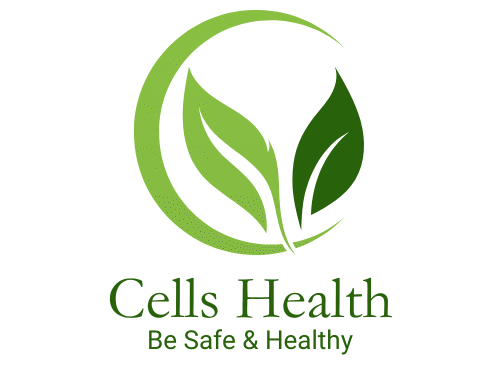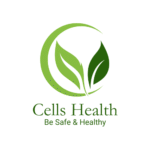They don’t spread from person to person. They don’t make headlines overnight like Ebola or measles. Yet, they quietly claim more lives every year than all communicable diseases combined. These are the silent killers—Non-Communicable Diseases (NCDs).
So, what are NCDs? They are long-lasting, lifestyle-linked diseases such as heart disease, diabetes, cancers, and chronic respiratory diseases. Unlike infections, you don’t “catch” them—you build them, often slowly, over years.
When did they emerge?
For centuries, humanity battled infectious epidemics. But as vaccines, hygiene, and treatments pushed back measles, polio, tuberculosis, and malaria, another enemy began to rise. With modernization, urbanization, and new lifestyles, NCDs became the new epidemic—creeping silently, often undetected until it’s too late.
Why did they emerge?
Changes in the way we live, eat, and move:
- Processed, nutrient-poor foods replaced natural diets.
- Sedentary lifestyles replaced daily physical work.
- Stress, pollution, smoking, and alcohol added more weight.
Globalization made food cheaper but often less healthy, while cities encouraged sitting instead of moving. Slowly, cells and organs weakened under constant pressure, and NCDs grew.
Who is concerned?
Everyone. Rich or poor. Old or young. Men or women. NCDs do not discriminate. Today, they account for over 70% of all global deaths. Even doctors, nurses, and health workers are not spared—knowledge alone does not protect anyone if lifestyle choices are poor.
Why must we awake and fight?
Because prevention is possible. Because millions of deaths are avoidable. Because small daily changes—better diets, more movement, less sugar, no tobacco, stress management—save lives. If we do nothing, the silent threat will continue to steal lives, families, and futures. If we act together, we can shift the tide.
The invitation is clear: Let’s awaken, change habits, and fight the silent epidemic of NCDs. Health is not just about avoiding infections; it’s about protecting our daily choices. Together, let’s give the next generation not just longer life—but healthier life.
Be Safe and Healthy

